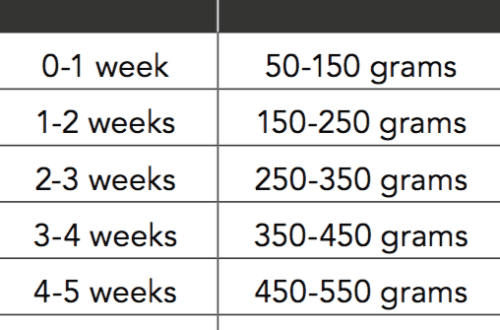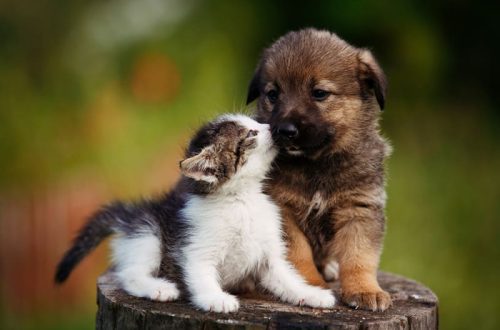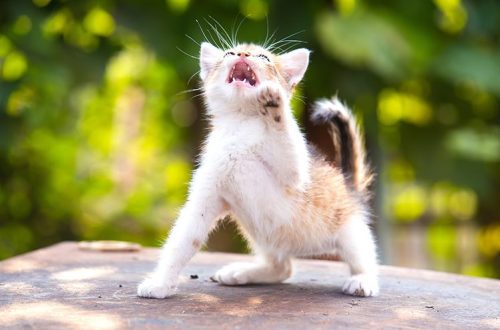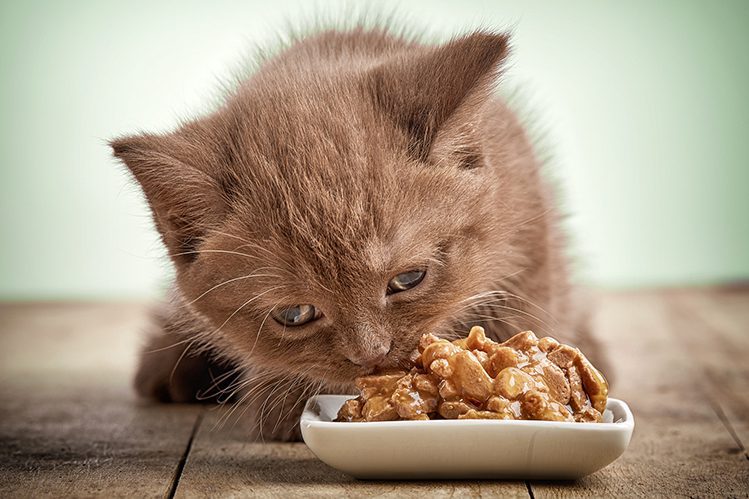
The kitten drinks little water – is it dangerous?
Nutritionist Ekaterina Nigova tells how much water a kitten should drink per day and what to do if your kitten drinks little.
If you happen to own a dog and a cat, you know exactly how different their eating habits are. For example, after a walk, a dog runs into a bowl of water and empties it in seconds. A cat can go to the water just a couple of times a day and literally drink a drop. Even if it’s hot outside, cats drink little.
The eating habits of pets are related to their physiological characteristics. Dogs have always lived in the climate we are used to, and the ancestors of domestic cats in subtropical regions. They had to find a way to survive in hot conditions. In this way, the high concentration ability of the kidneys became: they are able to conserve water, but at the same time create a high density of urine. For cats in the wild, this is not critical. They move a lot, hunt mainly at night when it is cool, and feed on freshly caught prey – all this helps the urinary system to function normally. But there is a problem with pets. The ability of the kidneys to retain water makes cats prone to diseases of the urinary system – cystitis and urolithiasis.
How it works. The cat may have a disturbed sense of thirst. She doesn’t feel like she’s thirsty, she doesn’t get enough moisture from her food, and her urine concentration becomes high. If there is a predisposition or disease, this can lead to the formation of stones in the bladder. Therefore, ensuring a sufficient level of water consumption for cats and kittens is very important. And here the main question arises: how much is a sufficient level?
How much water a kitten or cat should drink depends on each individual case. Let’s imagine two kittens: one eats dry food, the other wet canned food. The first kitten will drink much more water than the second. This is because canned food contains eight times more water than dry food. It turns out that the second kitten consumes enough liquid along with the food, and he has less incentive to drink water from a bowl.

There are two ways to check if your kitten is drinking enough fluids. But both are indicative.
- Calculate the daily rate using the formula
To calculate the daily amount of fluid, multiply 2 ml of water for every kilogram of weight. Multiply the resulting value by 24 – the number of hours per day.
For example, let’s calculate how much water a kitten weighing 2 kg needs per day: 2 ml * 2 kg of kitten weight * 24 hours = about 96 ml of water per day. You need to count all the water – not only drunk separately, but also included in the main diet.
Typically, dry food contains approximately 10 ml of water per 100 grams of food. In the wet – about 80 ml of water per 100 grams of feed.
- See how you feel
This method is more accurate. Look not at the amount of water you drink, but at the well-being of the kitten. For reliability, I recommend undergoing a medical examination, an ultrasound scan and a general clinical urinalysis. If the indicators are normal and the doctor has no comments on this issue, then the kitten drinks as much water as he needs.
If you have examined a kitten in a veterinary clinic and found that his urine density is too high, you need to increase the daily fluid intake. There are several ways to do this:
- Choose the right bowl and water
Cats are individualists. Some of them like ordinary drinking water, while others prefer exclusively bottled water. At the expense of bowls, pets also have their own tastes. Some are ready to use only metal ones, others – ceramic ones, and still others ignore any bowls and drink exclusively from the sink.
Not only the material is important, but also the diameter. It is better to choose wide bowls so that sensitive mustaches do not curl over their edges. Previously, this rule was considered universal for all cats. But today we know that there are exceptions: some pets prefer miniature dishes. And it is also important to properly position the bowl in the apartment. Ideally, not far from the place where the kitten is used to rest.
To encourage your kitten to drink more, place several bowls around the house or install a drinking fountain. The main rule is that the water in them should always be fresh.
- Adjust your diet
Transfer the kitten to wet food or to a mixed diet: dry food plus wet food. Additionally, give a probiotic drink for cats, treats with a liquid consistency: in the form of cream, jelly, soup. But remember that treats should not replace a full meal. Stick to your daily food intake.
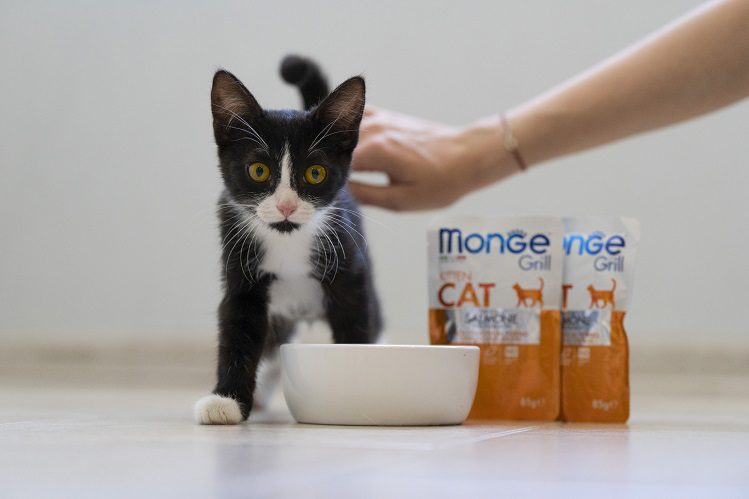
The main thing is to control the well-being of the kitten and visit the veterinarian 2 times a year for prevention. Let your kittens grow up healthy and happy!



